Fern Rabbits Foot White (Humata) Tissue Culture
$4.14
The Fern Rabbits Foot White (Humata) Plant is actually a composite flower comprised of four different flower forms. The base of the plant is actually two tubular flower forms that resemble the foot claw. On the sides of these foot forms are white flowers that resemble the rest of the flower. These flowers grow to about two inches and have a single white flower bud at the bottom.
Fern Rabbits Foot White (Humata) Plant is the smaller white flower bud that gives the plant its distinguishing name. The shorter and whitest forms reach up to about one inch and the longer forms reach up to about three inches. The overall size of the plant can grow up to fifteen inches in length and the flowers can easily be seen. Some grow in the ground.
Out of stock
Uses of Fern Rabbits Foot White (Humata) Plant
- Fern Rabbits Foot White (Humata) Plant can grow in most types of soil including light, dark, sand, and clay. This specific plant is related to the popular Vanda or gardenia species. It can also be found on islands such as those in Indonesia and the Philippines. The plant itself is actually a seed pod that grows only up to about one inch in length. Its pod functions as the plant’s stem, which is actually attached to the soil.
- The Fern Rabbits Foot White (Humata) Plant is actually a composite flower comprised of four different flower forms. The base of the plant is actually two tubular flower forms that resemble the foot claw. On the sides of these foot forms are white flowers that resemble the rest of the flower. These flowers grow to about two inches and have a single white flower bud at the bottom.
- It is the smaller white flower bud that gives the plant its distinguishing name. The shorter and whitest forms reach up to about one inch and the longer forms reach up to about three inches. The overall size of the plant can grow up to fifteen inches in length and the flowers can easily be seen. Some grow in the ground.
Benefits of Fern Rabbits Foot White (Humata) Plant
- The Benefits of Fern Rabbits Foot White (Humata) Plant is an eco-friendly plant that is fast becoming popular in home gardens. The plant is a member of the starched-footed plant family and is native to Mexico. It is a woody perennial, which can grow up to six feet tall with a single stem or two. The leaves are alternate and have a thin band of lace-like hairs along the underside. The flowers are large and white.
- One of the biggest benefits of the Fern Rabbits Foot White (Humata) Plant is that it can easily be propagated from cuttings taken from the parent plant. This makes it very easy to grow. In fact, you can even find this plant in the flower garden section at your local nursery. It will add lots of color and vibrancy to your garden. It also is good for people who like to plant flowers around their patio and deck.
- Another great benefit of the Fern Rabbits Foot White (Humata) Plant is that it produces a large quantity of plant pollen. This pollen can be used as an insect repellant. To enjoy the benefits of the Fern Rabbits Foot White (Humata) Plant, the plants need to be divided frequently.
- They usually do best in partial shade and should be planted about three to six inches deep. They prefer rich soil with good drainage. When the leaves start to drop off the stems, they may still be able to bloom if they are removed.
- Fern Rabbits Foot White (Humata) Plants are very beneficial to humans since the plants contain a compound that protects the feet against bacteria and fungus. The plant will protect your feet and ankles, which may help relieve some of the pain of arthritis. Since the plant is a fungus-resistant plant, it is also resistant to harmful weather conditions.
- The Fern Rabbits Foot White (Humata) Plant contains an enzyme that has been found to kill several types of fungus, including dermatophytes, a type of mold. The footpads of the plant contain Fucose sugar, which encourages new cell growth. New cell growth stimulates the production of collagen and elastin, which reduce skin wrinkles.
Properties of Fern Rabbits Foot White (Humata) Plant
- Fern Rabbits Foot White (Humata) Plants are nocturnal animals that feed on the fallen leaves and flowers of a wide variety of plants, many of which are native to Pakistan, India, and other parts of Asia. They live in burrows, under rocks, and tunnels in the earth.
- The researchers found that the Fern Rabbits Foot White (Humata) Plant had very few vascular structures, unlike many other members of the genus Rubia, which has numerous hollow roots, as well as rhizomes with multiple leaf sets.
- The study also showed that the plant had fleshy roots, which were strong and resilient. Dr. Yunus and his colleagues concluded that the plant probably did not derive its seeds from an ancestor of the modern species of the genus Ficus.
- Instead, they speculate that the plant probably obtained its seed in the Neolithic age from steppe shrubs now classified as Pterygosperma-Crestwood, which is now extinct. However, the group of people who contributed to the evolution of the Fern Rabbits Foot White Humana Plant remained in the region for about seven hundred years before dying out.
Be the first to review “Fern Rabbits Foot White (Humata) Tissue Culture” Cancel reply
Related products
Tissue culture
Tissue culture
Tissue culture
Tissue culture
Tissue culture
Tissue culture
Tissue culture
Tissue culture

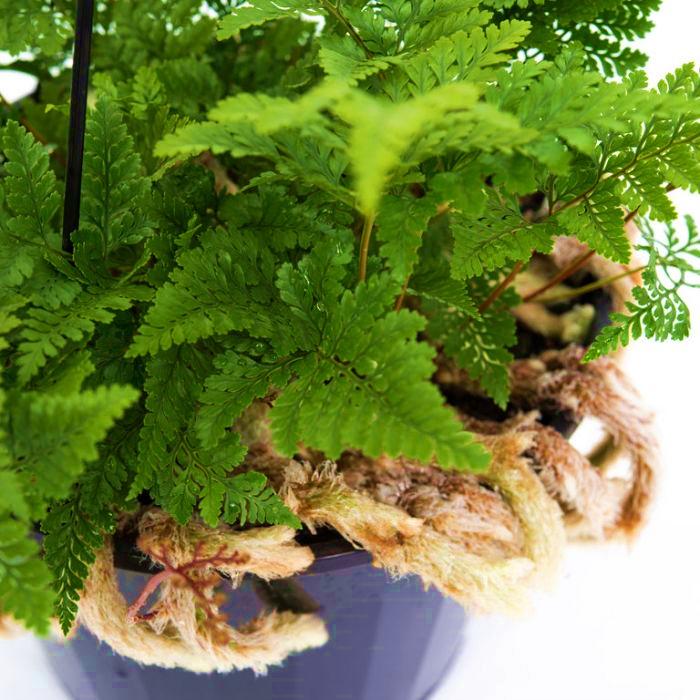
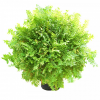

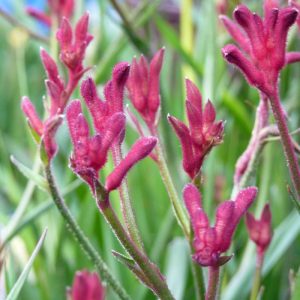
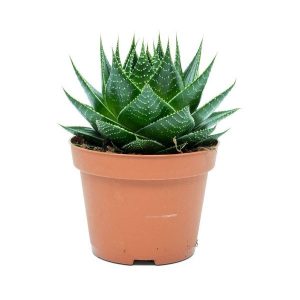
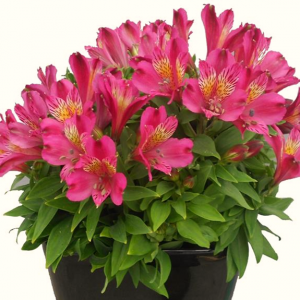
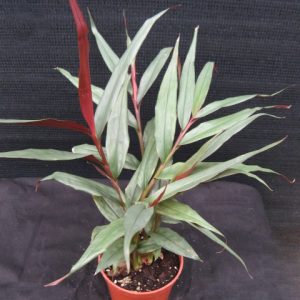
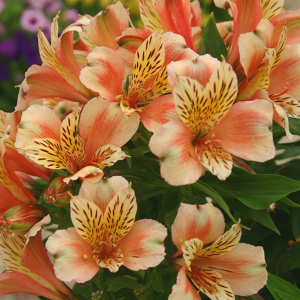
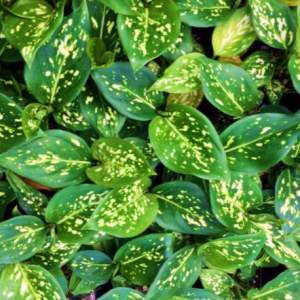
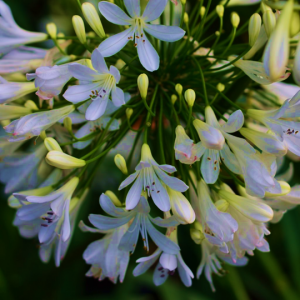
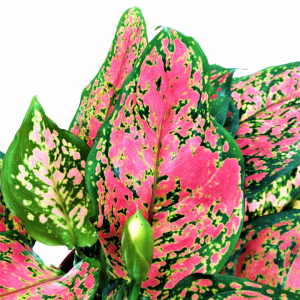
Reviews
There are no reviews yet.